One of the questions I am often asked is “What kind of birdseed should I use to attract birds?”
I have feeders out year-round and never take them down. There are some types of seeds and food I always have out. I add other types depending upon the season to attract the different species that migrate to and fro my area.
My mainstay in birdseed is a good quality Fruit N’ Nut blend. That one type of birdseed combination is used to attract the most varieties of birds. If I only had room for one feeder, it would always be full of a fruit and nut blend. In most of these blends, there is a wide variety of seeds including sunflower (sometimes more than one type), safflower, raisins, hulled pumpkin seed, peanuts, white millet, fruit pieces, other mixed nuts, and some quality mixes may include vegetable oil, and vitamin supplements (A & D-3). This blend of birdseed has great variety and will attract the widest variety of birds. It will attract woodpeckers, nuthatches, bluejays, wrens, cardinals, finches, as well as all of the usual birds you will find in your backyard all the way down to the smallest species of sparrows, buntings, chickadees, titmice, etc.
One note of caution, though, birdseeds originate from a variety of sources and not all are of high quality, even though they may be called by the same names, i.e., “Fruit N’ Nut Blend”. Read the section on Choosing the Right Birdseed to Attract More Birds to Your Feeders later in this article.
Normally, I will also have black oil sunflower seeds in a separate feeder. I buy these in quantity for they are popular and the birds can go through them rapidly. Many birds in your yard will feed on these. The problem that occurs on occasion is sunflower seeds will attract some birds you may consider a nuisance such as Red-winged Blackbirds and Cowbirds. These species may show up in enormous numbers and clean out your feeders down to the last scrap of a hull. When this happens, it may be best to take down your feeders for a few days until they move on. Don’t worry about the usual birds you have been feeding. During most of the year, they will have plenty of the natural foods in the area they would be eating anyway if they didn’t have the nice humans, like us, using birdseed to attract birds to their yards.
I have suet feeders all year as well. I try to pick the suet cakes with visibly larger seeds like peanuts and sunflower seeds. Suet cakes are a good source of oils that many birds need to have in their diet.
Those are the only three types of birdseed or food I use year-round to attract birds. But rarely are they the only three types of feed I have out for I change with the seasons.
For instance, starting around the first of December, I put out Nyjer (Thistle) seeds. Normally, I use feeder socks that are made to disperse Nyjer seeds. This type of birdseed will attract bird species such as goldfinches and siskins. You may be surprised at the number of these birds that may appear with the bird socks full of Nyjer Seeds. It can be very entertaining watching them cluster upon the socks and constantly fuss with one another as they secure the best place to feed.
In early March, when the bluebirds begin to spend more time around the nest boxes, I put out dried mealworms for them. Sometimes, it takes a while before they notice the mealworms and realize they are something to eat. You can speed that up by ordering a small package of live mealworms. Then, use a straight-sided dish that is at least a couple of inches high and place both dried and live mealworms inside. Put that dish near the bluebird boxes or near somewhere they are “hanging out”. Don’t put it on the ground for the ants will quickly find it. The bluebirds will be attracted to the movement of the live mealworms and identify them, including the dried ones, as food. After you see them feeding from the dish, you can start putting mealworms out where you normally have a feeder. They will find it quicker now that they recognize the dried mealworms as food. You won’t need any live mealworms after that.
You will also have Bluejays, thrashers, mockingbirds, and sometimes other species feed on the mealworms.
In early March, I also hang the hummingbird feeders. Most of East Texas can expect to have them showing up by mid-March. I use a blend of 1:4, sugar to water. Simply boil the water, add the sugar, and stir. That’s all there is to it. Don’t add red dyes, use honey, or add anything else to the mix. This will be all they need. Well, it will be all they need from you. They will get most of their food and nutrients from other sources, natural sources. That will include nectar from local flowers and a surprisingly large number of insects.
For more information and directions on making hummingbird nectar, check out this page from the Audubon Society: https://www.audubon.org/news/how-make-hummingbird-nectar
By early April, I make sure I have flat feeders (tray feeders) that contain nothing but white millet. This is one of the very best seeds to attract buntings: Indigo Buntings and, yes, Painted Buntings. I have them on my feeders every year now that I have been putting out the white millet in tray feeders.
Also, about that same time in early April, I start putting out orange slices and little containers of grape jelly. If you are lucky, you will attract the migrating Baltimore Orioles and you may also have Orchard Orioles. These orange-colored delights are one of the most striking birds you may attract to your feeders.
I have Red-bellied Woodpeckers and White-breasted Nuthatches year-round, but starting in April and sometimes March (during breeding season), I add more crushed or whole peanuts to my feeders. The number of woodpeckers and nuthatches does increase with more peanuts offered. I have Brown-headed Nuthatches for much of the year and starting as early as December, I sometimes have Red-breasted Nuthatches. With the Fruit N’ Nut blends and the additional increase in the amount of peanuts, I often have a steady stream of woodpeckers and nuthatches. They are joined somewhere around April by the Red-headed Woodpeckers who are often on the feeders every few minutes during the breeding season.
By Labor Day, I put the orange slices and grape jelly back out for the orioles. I don’t have as much success with attracting those birds during their fall migration but it does sometimes work.
There are times, I will also make bark butter. This is a blend of nuts, peanut butter, lard, birdseeds, and cornmeal to make a substance that can be placed in a clump on tree trunks or other surfaces where birds can land. This can be a very nutritious food source that will attract a variety of birds but especially woodpeckers and nuthatches.
Here is my recipe for bark butter:
- 2 cups of creamy peanut butter (unsalted is by far the best choice)
- 1/2 cup of yellow cornmeal
- 1 cup of lard
- Several tablespoons of mixed seeds
Simply mix all of the ingredients in a bowl except for the birdseed. Take the mixture and press it into the bark of a tree in a clump. Then press the mixed seeds on top of the clump.
You can also use pine cones by filling them with bark butter and rolling them in the mixed seeds. Then hang them with string from branches.
This is a very nutritious food source and is especially valuable during the winter. But one caution. If pressing it into the bark of a tree, don’t use the same location all the time or you will attract ants. Move it around a bit. The birds will find it.
Those are the usual birdseeds and food I use to attract birds to my feeders. Because I use a wide variety of seeds and foods, I attract a wide variety of birds. Most importantly, I only use nutritious seeds and food so I can help “my” birds stay healthy. If you use inferior seeds to attract birds to your feeders, you are not providing the birds with a healthy diet — while they are providing you with year-round pleasure. I think they deserve a rich, varied, healthy diet in payment for the pleasure they bring.
CHOOSING THE RIGHT BIRDSEED TO ATTRACT MORE BIRDS TO YOUR FEEDER
No matter what kind of birdseeds you use to attract birds, even inferior types, there are some species of birds who will eat them. But that doesn’t mean that all birdseeds or foods are good for the birds. There are plenty of inferior seeds available, as well as blends that contain seeds that are undesirable to many species of birds we want to attract.
Here are some things to consider in choosing the best birdseeds to attract birds to your feeders and keep them healthy:
Freshness. Protein content in birdseeds is a very important factor. The fresher the seed, the higher the protein content. So, how do you tell if the seed is fresh? Look at it closely. In general, fresh seed is brighter, perhaps more plump, usually has a shiny appearance, and there will not be a lot of “dust” in the bottom of the bag. That dust is likely to be dry residue for old seeds and seed hulls that are breaking down. If the seeds are dull-looking, faded in appearance, and not plump, you probably have older seeds that will not contain as much of the protein the birds need.
Variety. If you are looking for birdseed to attract more birds to your feeder, then variety is important. The more variety in seeds and food types, the more variety you will have in the bird species that visit your feeders.
Quality seed types. Look closely at the seeds in the package and pay attention to the types of seeds. You should have a good variety including the more desirable types such as peanuts, white millet, and safflower. Also, look for inferior seed types like the tiny white sunflower seeds and, especially, milo. Some cheap blends that you may find in places like Tractor Supply and some feedstores, will have a very high amount of milo and chicken scratch (which isn’t even good for chicken as a large part of their diet. Not chicken feed but rather chicken scratch).
No fungus or mold. Watch for black patches in the packages that may be mold. This can kill your birds and, surprisingly enough, is not really uncommon to find. That is especially true in places that sell bulk, cheap birdseed.
When I recommend quality birdseed, I am often told “I can’t afford the good seed”. If you are buying cheap bulk seed packages that have a high percentage of chicken scratch and milo, you are buying a lot of seeds the birds aren’t going to eat anyway. You may not be saving a dime due to all the wasted food the package contains that the birds will not eat. And that is to say nothing of the low protein the inferior blends may have due to the seeds not being fresh. If it costs 50% less but contains 50% chicken scratch and milo, all you have done is give the birds 50% of seeds while wasting the other 50%. Cost savings: zero.
Also, never feed any bread or crackers to birds. That certainly includes ducks and geese. Breads and almost all crackers have very little nutrients for birds and can cause serious health effects. In places where migrating geese and ducks live in close proximity to humans during the summer, they may grow used to people feeding them bread and then eat far too much of it. The lack of protein and other nutrients can cause them to lose the ability to migrate. They are too weak and overweight to fly for a long distance. No breads.
It is easy to choose the right birdseed to attract birds to your feeder. Remember, the more variety of birdseed and foods, the more variety of birds you will have in your yard. People are often amazed at not only how many birds I have on my feeders but the variety of species I have.
That’s what happens if you choose the right birdseeds to attract more birds to your feeders.


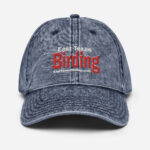
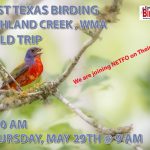
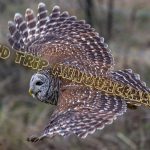
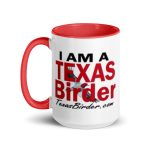
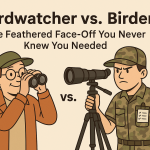
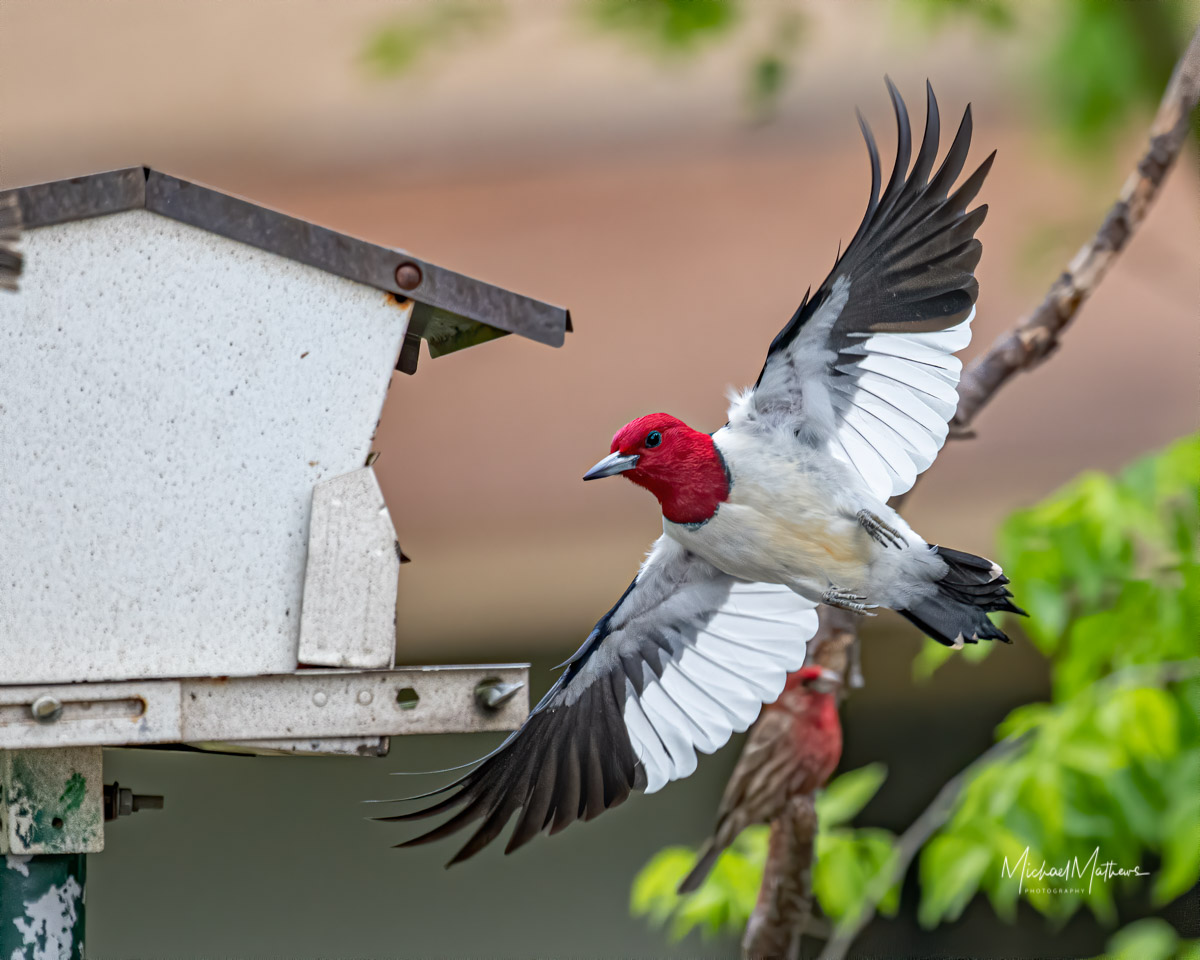






Related Posts
Don’t Call Me a Birdwatcher! A Birder’s Guide to the Ultimate Identity Crisis
Why Every Birder Should Use eBird: 8 Reasons It is a Game-Changer!
Michael’s (That’s me) NEW Birding Word Search Book
Where the Birds Sing: Birding Adventures From Scenic View on Lone Star Lake